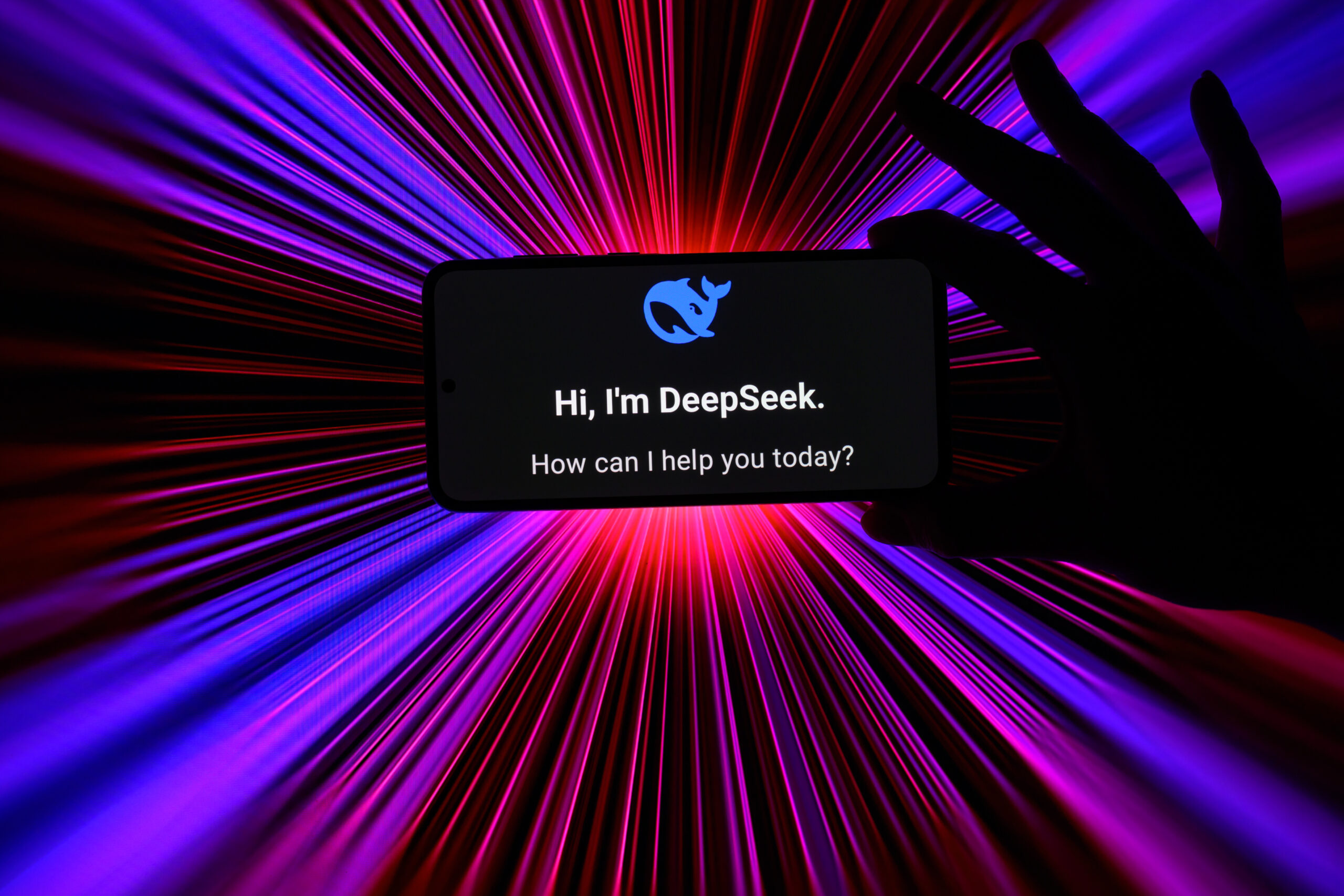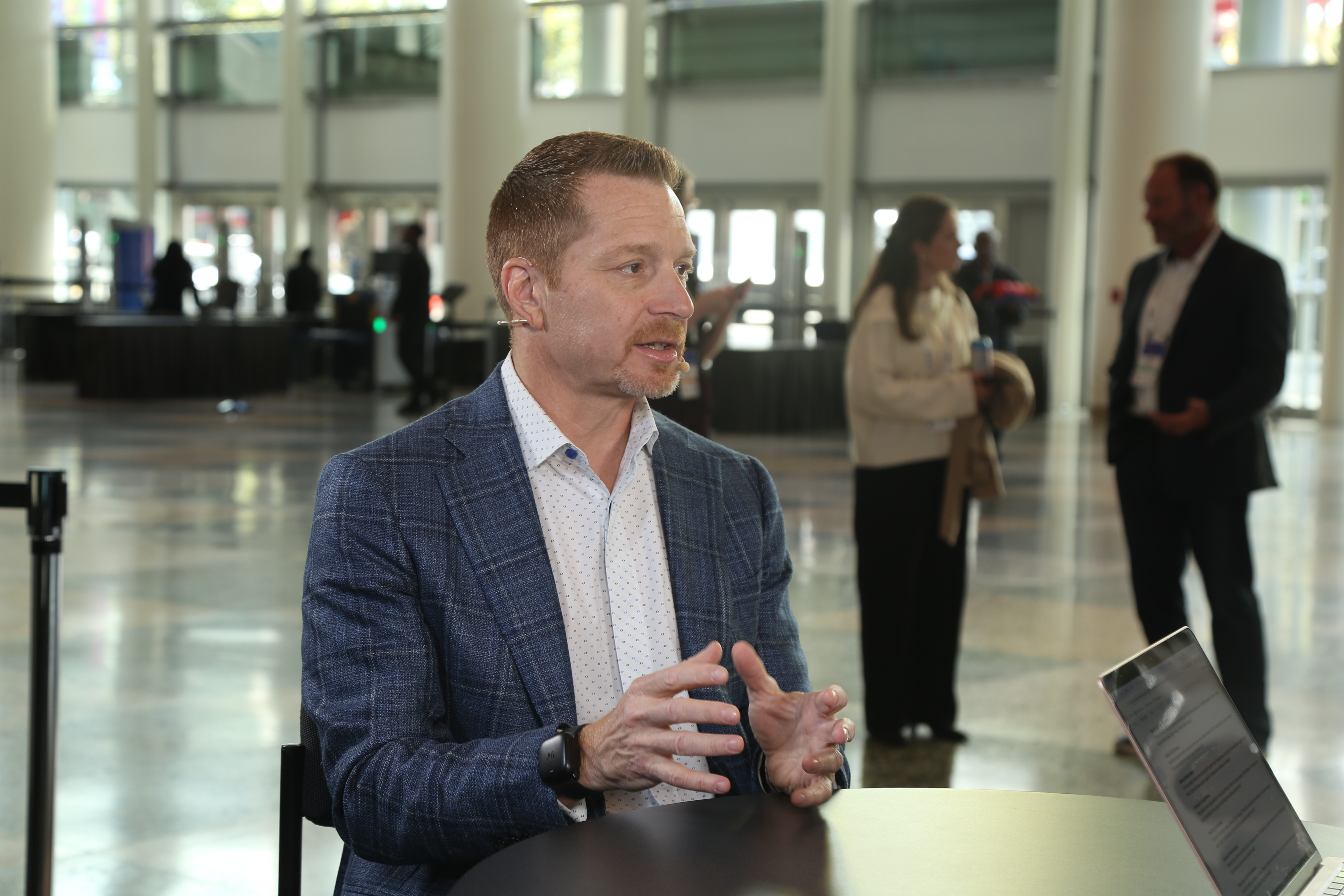February 18, 2025 • 1:44 pm ET
What’s missing from the AI debate? Patience.
Artificial intelligence (AI) is evolving quickly, but the forces driving its development—computing infrastructure, model design, and the economics of deployment—are far from settled. There are no magic beans, no single indicators. Rather, there are a handful of strong signals that interact with each other such that interpreting one in isolation can easily lead to mistaken predictions on where AI is headed. Assuming that more compute power inevitably produces better models, for example, ignores that different companies and lines of research are taking different paths to solve the “systems problem” of AI.
Unfortunately, too many institutions—investors chasing returns, policymakers rushing to position themselves, and media outlets eager to shape the narrative—currently mistake motion for progress. In dollar terms, around 50 percent of all new venture capital investments went into AI service and related companies in 2024, including more than 60 percent of all activity in the fourth quarter and “six of the top ten deals.”
Balancing on a bubble
There is an AI bubble, and it is not just financial; it is also intellectual and political, fueled by a self-reinforcing churn of investment, commentary, and ambition. Discussions of AI leadership increasingly rely on confident expressions of urgency. Foreign policy outlets, high-profile thinkers, and former senior government officials churn out breathless analyses with dire warnings about how the United States might lose a “race for global AI primacy” and other claims of national fragility. An evolving set of technologies, only a fraction of whose potential is expressed through the chatbots visible to most users, is dropped into clichéd narratives of a narrowing window in which the United States must act decisively or risk losing an edge. While that does not mean the technology itself is a mirage, even Nvidia, which has experienced a generational shift in market valuation at warp speed, is suffering from changes driven partly by an unsustainable momentum and narrative.
The result is a cycle in which financial momentum and technological progress are often conflated, making it harder to distinguish durable innovation from speculative excess. This excess was on display recently with the news that a Chinese company, DeepSeek, had released a high-performing new model trained on only a fraction of the computing power of its competitors. Much of the reporting demonstrated a mix of confusion, limited information, and an early misreading of DeepSeek’s accompanying paper, all of which was then recycled by outlets further up the line.
In the responses to the announcement of DeepSeek’s r1 model, as with so many other single technical accomplishments, the missing ingredient is often patience. Sustainable breakthroughs take time; over-indexing on a single innovation will distort policy in ways that could harm both users and future tech development. Distinguishing meaningful innovation from hype requires scrutiny; failure to do so risks channeling ever increasing attention and capital toward dead ends and emphasizing commercialization over real research and design breakthroughs. The market, the policy environment, and even the technologies themselves demand a more disciplined approach and greater scrutiny from both the public and private sectors.
The career-breaking volumes of capital being poured into AI hardware and infrastructure should raise sharp questions about sustainability as firms invest at a scale detached from clear paths to profitability. Meanwhile, the broader AI ecosystem is shaped by investors, corporate leaders, and public voices with strong incentives to sustain a narrative of inevitable success. This alignment of interests has blurred the distinction between technological advancement and market exuberance.
The systems problem in AI
There is no fixed formula governing the relationship between computing resources, training techniques, and AI model performance. Computing power, the design and bandwidth of connections between chips and data centers, and the speed and size of memory are not fixed. Moreover, they do not function independently of the training methods and data-labeling techniques used to produce AI systems or the different technical approaches to how models are deployed, combined, and queried. Together, all of these choices produce an AI system.
As hardware scales and software optimizations improve, model performance shifts in ways that are difficult to predict. The field has broadly converged on the need for vast datasets and, in many (but certainly not all) cases, ever-larger parameter counts. Yet, the simple equation of “more computing power equals better models” overlooks the complexities that matter most. AI development is not a matter of turning up the frame rate on a video game—it is a systems problem. That is, it requires understanding the behavior of many different technologies and how they interact both in theory and in the harsh light of practice.
There are only a handful of infrastructure developers, operators, model researchers, and builders who are driving the current era of AI. Their technical approaches and “bet the farm” investments represent a range of assumptions, not an absolute consensus. For example, more decisive than just the speed of compute is how models are broken up and distributed across the computing infrastructure of AI—chips, racks, and entire data centers—during training. Differences in managing this distribution help define key competitive lines among designers, such as Nvidia, AMD, and Intel, and among cloud providers, such as Microsoft, Google, and Amazon.
Where it is that generative AI models think, referred to as “inference,” is another fault line, with Apple and Qualcomm prioritizing on-device processing while “pure” AI firms, such as OpenAI, Anthropic, and DeepSeek, build models that depend on centralized cloud infrastructure. Decisions around context—how much information a model retains across interactions or shares with other models in an ensemble—influence both performance and cost. Profitability remains an open question, as well: the economic calculus of AI looks different for a company like Meta, for which the model itself is not the secret sauce but a channel to other technology products, than for a firm like Renaissance Technologies, which focuses on AI for its own specialized, high-margin applications.
These questions are in flux, and the answers will not be the same for every model or company. Nvidia has become the defining technology investment of the moment, with institutional investors, hedge funds, and retail traders all heavily exposed to its trajectory. But its meteoric rise in this decade stems from choices in the last two. In 2007, Nvidia launched CUDA, which is now a market-defining software package. In 2019, it acquired Mellanox, a high-performance chip design and technology company. Both decisions helped Nvidia, which was misunderstood by many as a hardware firm for Bitcoin enthusiasts and gamers, make a deliberate turn to the data center.
Patience is all you need
The DeepSeek episode helps to highlight the importance of patience in the analysis of new technology developments in a domain that is still unsettled not just in terms of what problems the technology is being used to solve but how. It is important for policymakers to be able to access analysis that prizes long-term understanding and maps the growth of ecosystems around a technology instead of hyping acts of singular invention.
First, analysis of AI technological developments must be put into context. AI is a systems problem: unprecedented speed on a chip creates new bottlenecks in networking bandwidth; larger models demand more memory; new training techniques mean building new models and new training time.
Second, policy analysts have to acknowledge uncertainty in how the benefits of different AI capabilities are combined into expressions of national power. The potential fallacy of the “arms race” metaphor is that all participants have a shared understanding of how those arms might be employed. But scholars have already highlighted how fragile and divergent that understanding can be, even for relatively mature technologies. Being first to claim illusory control confers little lasting strategic advantage.
Finally, policymakers need to recognize the distorting effects of a bubble on the state of the debate. There is no one path of development in AI, no single end state or “win condition.” On its best day, what is presented as AI is a fractious basket of commercial technologies, open- and closed-source software, computing infrastructure, and research projects being combined in ever more clever permutations. “Winning” looks wildly different across companies, countries, and user communities. The distorting effects of the bubble appear to create certainty where there is little to be had, a sense of urgency in all things when it is not always warranted.
Patience is the missing ingredient, the real disruptive trend, in the systems problem for AI. Policy requires sustained attention for effective outcomes and mitigation of risk. Markets demand greater scrutiny of lurid claims and medium-term trajectory. But distinguishing signal from noise remains essential.
Even for the most intelligent systems—human and artificial—that still takes time.
Trey Herr is senior director of the Cyber Statecraft Initiative (CSI), part of the Technology Programs, and assistant professor of global security and policy at American University’s School of International Service.
Disclosure: Several companies mentioned in this article—Nvidia, Meta, Google, Amazon, and Microsoft—are donors to the Technology Programs. This article, which did not involve these donors, reflects the author’s views.
Wed, Jan 29, 2025
Is DeepSeek a proof of concept?
Sinographs
By
Understanding how Deepseek emerged from China’s innovation landscape can better equip the US to confront China’s ambitions for global technology leadership.
Image: The DeepSeek app is being displayed on a mobile phone, seen in this photo illustration. Taken in Brussels, Belgium, On 31 January 2025. (Jonathan Raa / Sipa USA)








